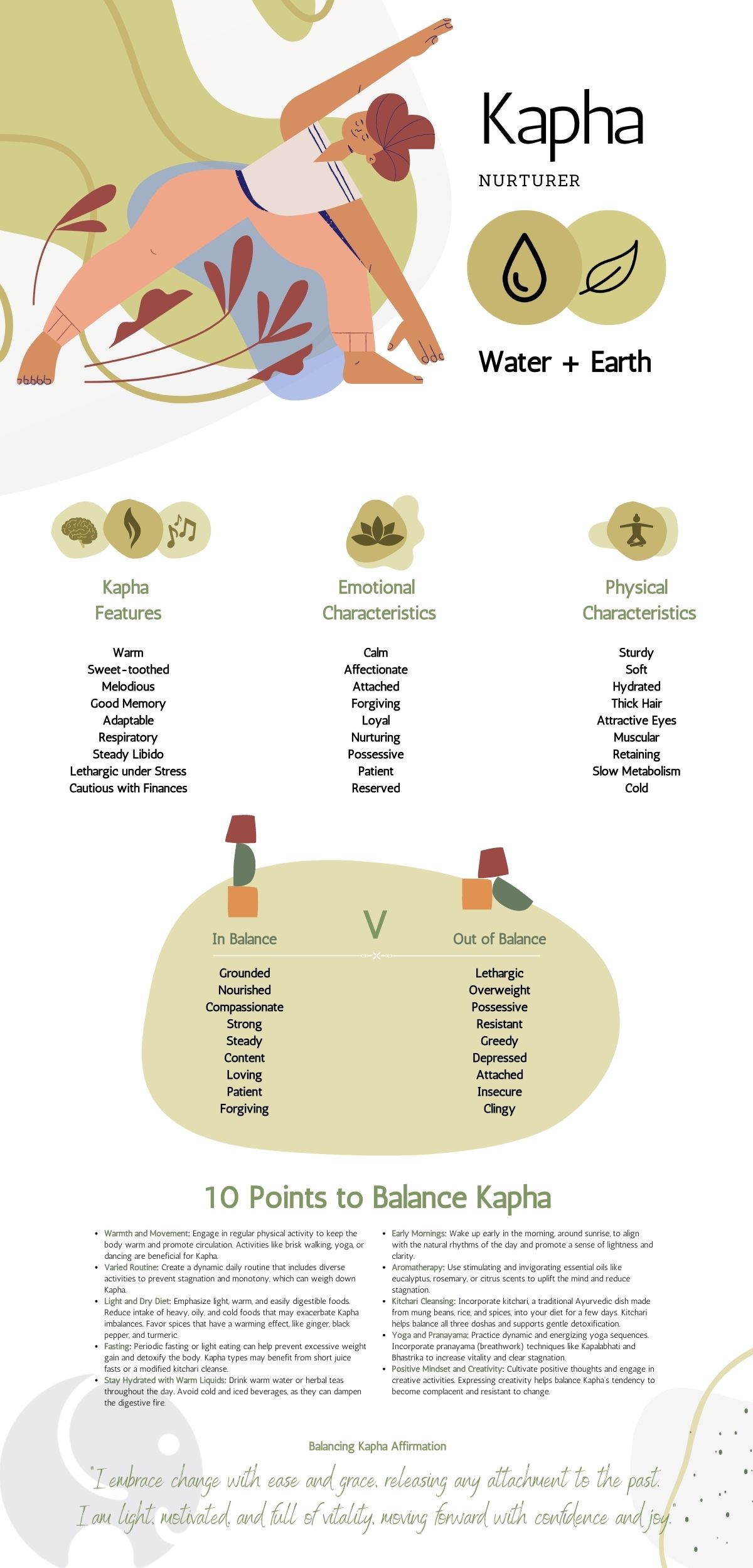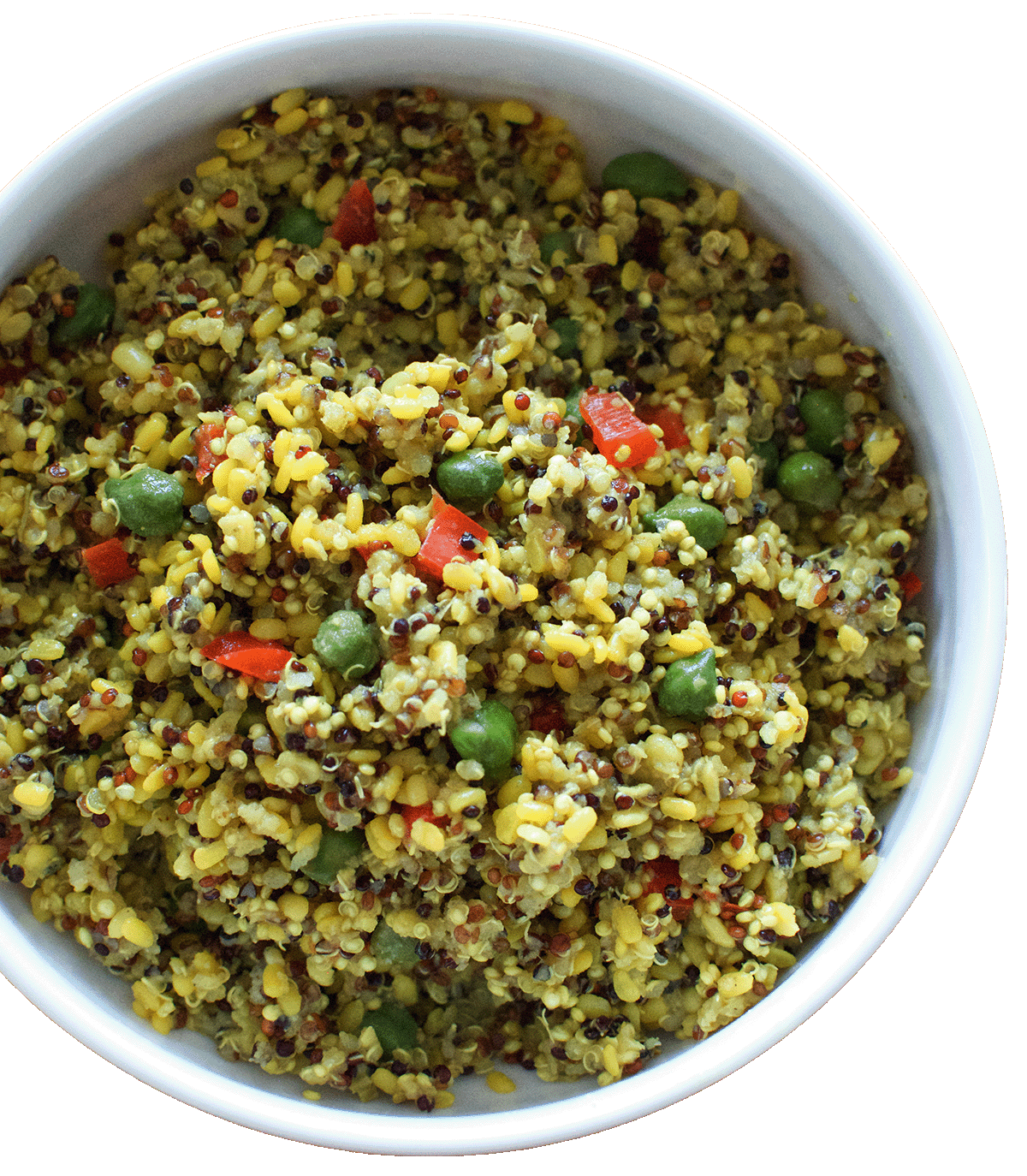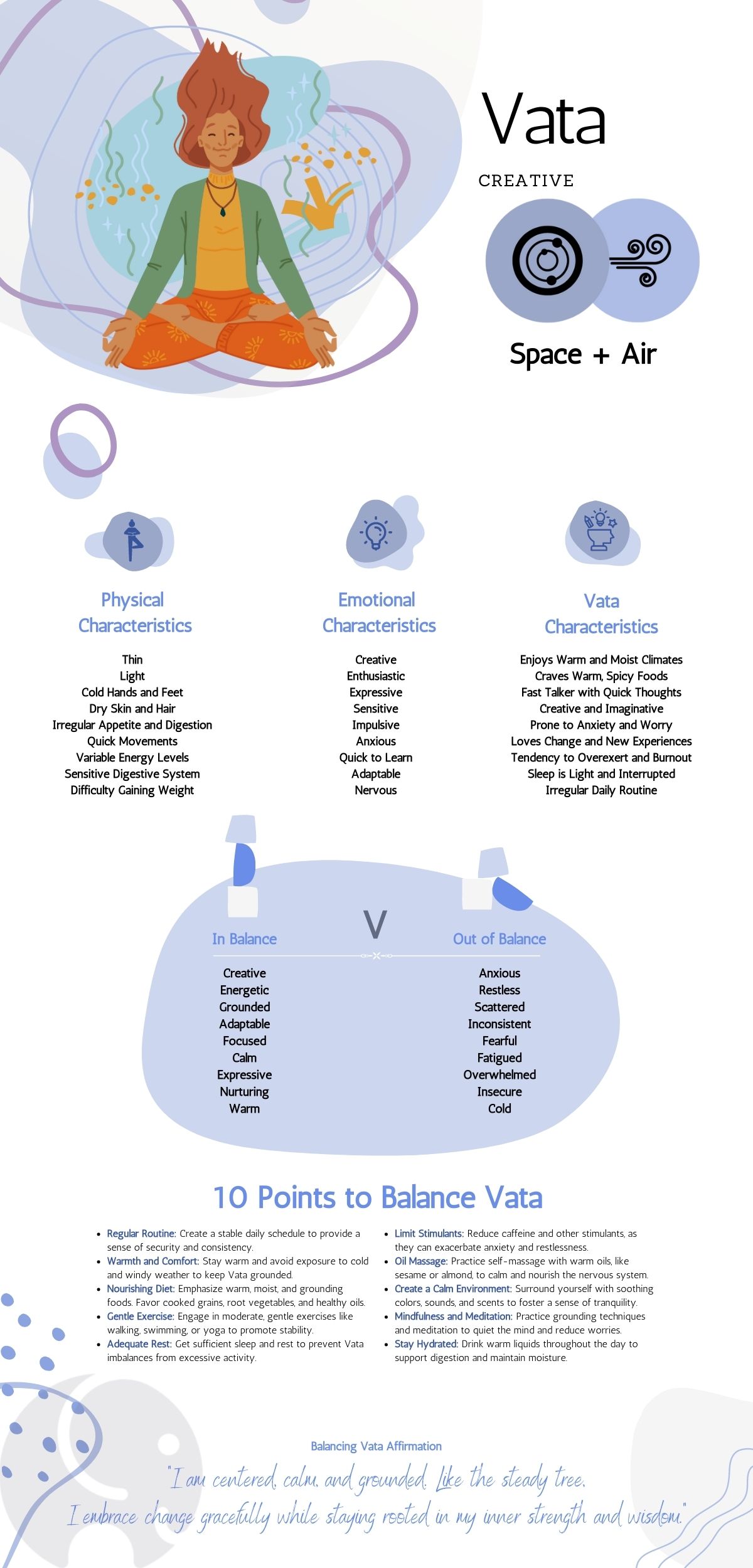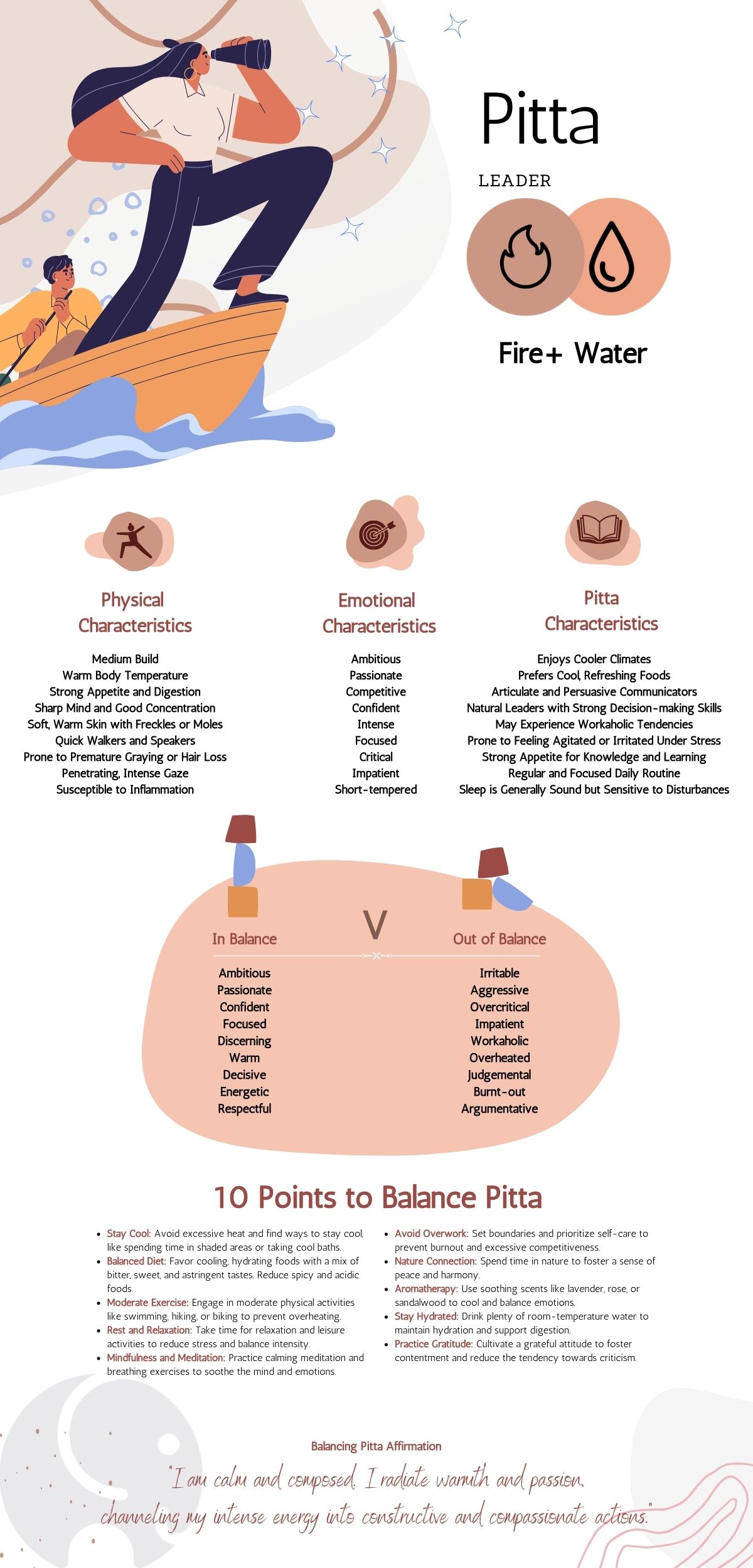
Your 4 week plan, to balance Kapha Dosha
THE DANCING ELEPHANT
Download our Kapha overview graphic for FREE.
Kapha Dosha
Here's a 4-week plan to help balance a predominantly Kapha Dosha, keeping in mind the Ayurvedic principles. Take note this is just a guide and it's always a good idea to consult with a healthcare provider or an Ayurvedic practitioner before making significant changes to your lifestyle or diet.
Week 1: Establish Routine
- Diet: Start having regular meals at fixed times. Include warm, light, and dry foods that are bitter, pungent, and astringent. Avoid heavy, oily, and sweet foods.
- Sleep: Aim for a regular sleep schedule. Try to go to bed and wake up at the same time every day. Avoid daytime naps.
- Exercise: Begin with moderate exercises like brisk walking or cycling for 30 minutes a day.
- Meditation: Start with 5 minutes of meditation daily, gradually increasing the time as you get comfortable.
Week 2: Focus on Nutrition
- Diet: Incorporate more Kapha-balancing foods into your diet. These include leafy greens, vegetables, legumes, and ripe fruits. Avoid dairy, wheat, and sweet foods.
- Hydration: Drink plenty of warm or hot water throughout the day.
- Herbs: Consider adding Kapha-balancing herbs and spices like ginger, black pepper, and turmeric to your meals.
Week 3: Enhance Mind-Body Connection
- Yoga: Incorporate more stimulating yoga poses into your routine. Poses like Sun Salutation, Warrior I, and Boat Pose are excellent for balancing Kapha.
- Breathing Exercises: Start practicing Pranayama (breathing exercises). Kapalabhati (Skull Shining Breath) is particularly beneficial for Kapha types.
- Self-Massage: Begin a weekly self-massage routine using warm sesame or sunflower oil. This can be very invigorating and helps reduce Kapha.
Week 4: Cultivate Mindfulness and Relaxation
- Meditation: Continue with your meditation practice, trying to increase the duration. Focus on your breath and try to quiet your mind.
- Mindful Eating: Practice mindful eating. Chew your food thoroughly and eat in a calm environment.
- Relaxation: Dedicate some time each day to relax and rejuvenate. This could be reading a book, listening to calming music, or taking a warm bath.
Here at the Dancing Elephant we understand that the modern fast paced lifestyle can struggle to accommodate these practices. Our mission is to simplify and modernize the 5,000-year old science of Ayurveda through a series of new food options for the health-conscious consumer. Explore our tridoshic Kitchari Premixes to help make the diet aspect of Ayurveda a breeze.
Remember, everyone is unique and these are general recommendations. It's always a good idea to consult with a healthcare provider or an Ayurvedic practitioner before making significant changes to your lifestyle or diet.







